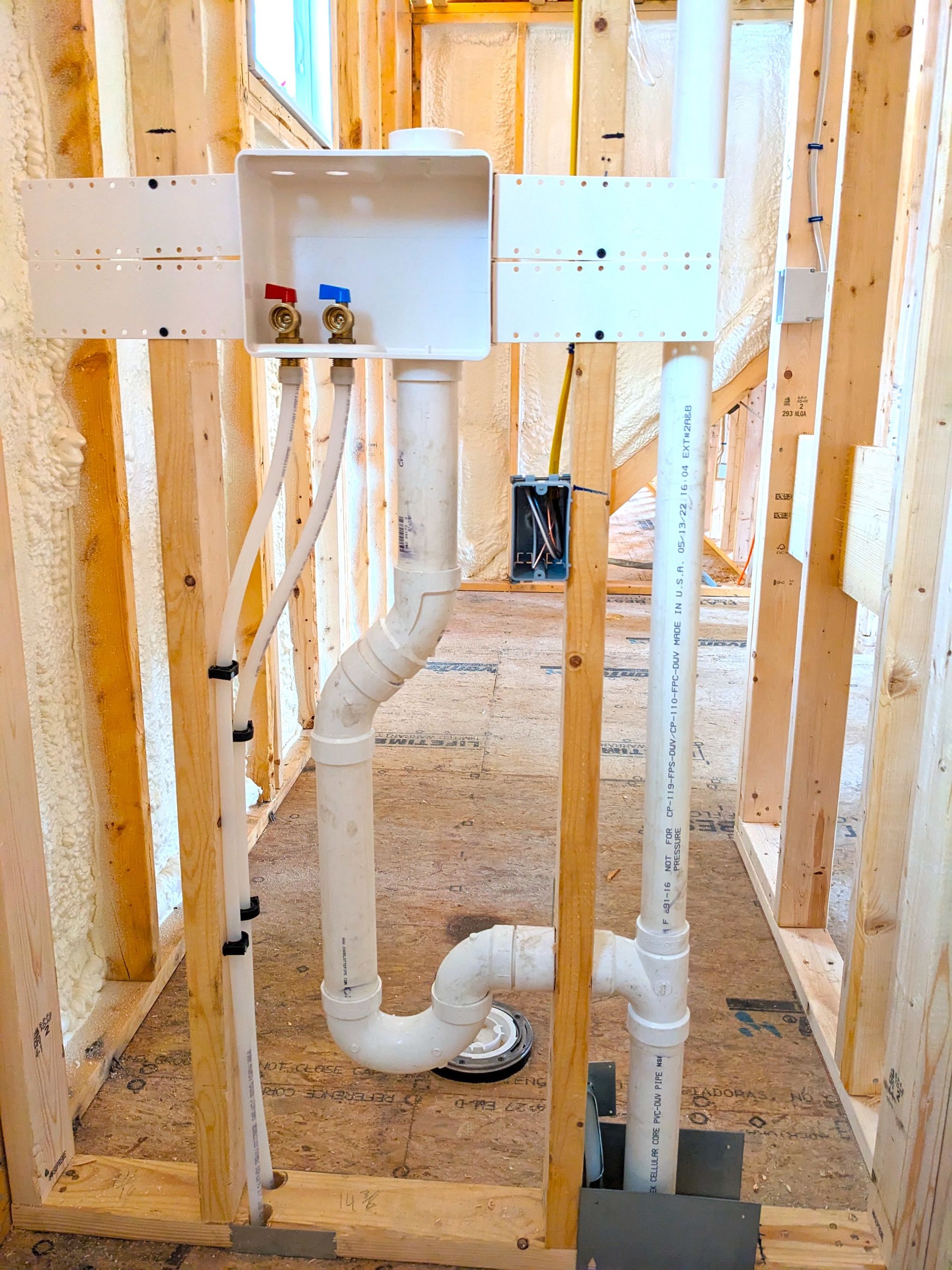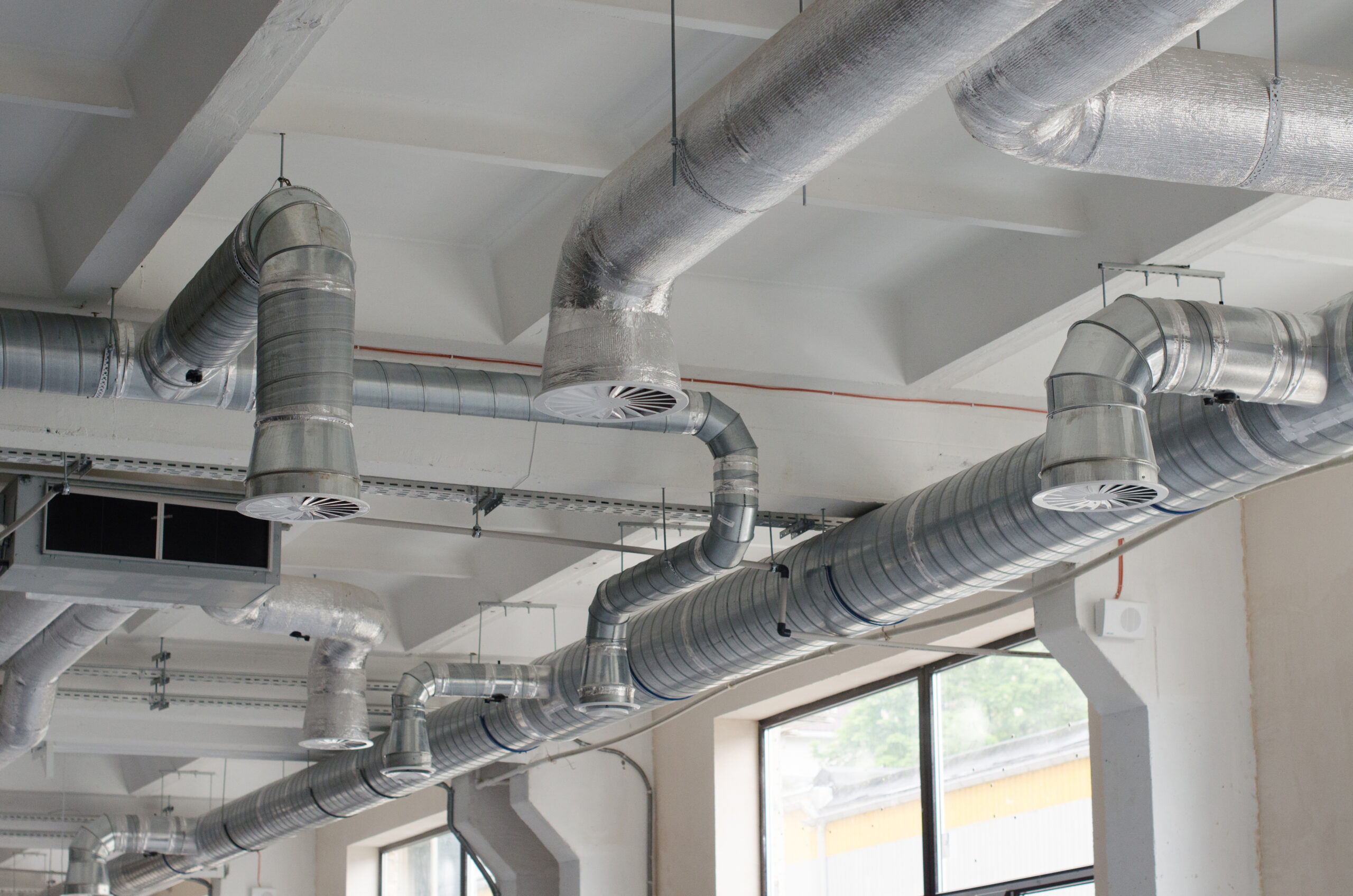The Importance of Ventilation in Residential Plumbing Systems
The Importance of Ventilation in Residential Plumbing Systems
Blog Article
How do you feel when it comes to What Is a Plumbing Vent and Why Is It Important?

Proper air flow in pipes systems is frequently overlooked, yet it is vital for keeping the performance and safety and security of your home's pipes. Ventilation assists control atmospheric pressure, protect against the buildup of hazardous gases, and guarantee the effective removal of waste. In this guide, we will discover the significance of appropriate plumbing ventilation, exactly how it works, and the benefits it gives your plumbing system.
Recognizing Ventilation in Plumbing
Air flow in plumbing describes the network of pipelines that enable air to stream via the drainage system. These vents offer several objectives, including managing air pressure within the pipes, protecting against sewer gases from getting in the home, and aiding in the smooth flow of wastewater.
Exactly How Air Flow Works in Plumbing Equipments
Atmospheric Pressure Regulation
Proper ventilation preserves balanced atmospheric pressure within the pipes system. When water streams via pipelines, it displaces air. Without ample ventilation, this variation can develop negative pressure, causing reduce drains or siphoning of water from catches, which can trigger unpleasant smells to permeate right into the home.
Preventing Sewage System Gas Buildup
Among one of the most vital features of pipes vents is to avoid drain gases, such as methane and hydrogen sulfide, from gathering within the home. These gases can posture severe wellness dangers and are extremely combustible. Vent pipelines allow these gases to escape securely outdoors.
Helping in Waste Removal
Ventilation assists in the effective removal of wastewater by protecting against airlocks in the drainage system. When air can move freely through the vents, it permits water and waste to move smoothly via the pipes, lowering the danger of clogs and backups.
Kinds Of Pipes Vents
Key Stack Vent
The main pile air vent, additionally known as the vent stack, is the primary vent in a pipes system. It prolongs from the primary drainpipe line up through the roof, allowing gases to get away and fresh air to get in the system.
Branch Vent
Branch vents attach to the primary stack vent and serve individual components, such as sinks, bathrooms, and showers. These vents ensure that each component has ample air flow to work correctly.
Air Admission Valve (AAV).
An Air Admittance Valve (AAV) is a one-way valve that permits air to enter the pipes system without the need for a standard vent pipe prolonging with the roof covering. AAVs are frequently used in renovations or locations where setting up a standard air vent is not practical.
Indications of Poor Air Flow in Pipes.
Slow Draining Fixtures.
If your sinks, bathtubs, or commodes are draining pipes gradually, maybe a sign of poor ventilation. Poor air flow can create a vacuum result, making it challenging for water to drain pipes appropriately.
Gurgling Seems.
Gurgling audios originating from drains pipes are usually a result of air being sucked with water catches as a result of unfavorable stress in the pipes. This is a clear indication of inadequate air flow.
Undesirable Odors.
Sewage system odors inside your home are a warning that your pipes system is not effectively aerated. This might indicate that sewage system gases are not being effectively vented outside, causing potentially dangerous problems.
Common Air Flow Blunders.
Poor Vent Sizing.
Making use of small air vent pipes can result in poor air flow and stress inequalities in the system. It's essential to use vents that meet the particular demands of your pipes system.
Improper Vent Placement.
Putting vents as well far from the fixtures they serve can minimize their performance. Appropriate positioning ensures that air can flow freely and effectively through the system.
Ignoring Code Requirements.
Building regulations offer specific standards for plumbing air flow. Neglecting these codes can result in a system that falls short to function correctly and might result in expensive repair work or carcinogen.
Advantages of Appropriate Ventilation.
Boosted System Performance.
Correctly aerated plumbing systems operate a lot more effectively, with fewer clogs, faster draining, and less pressure on the pipelines. This performance expands the lifespan of the plumbing system.
Improved Air Top Quality.
By preventing sewage system gases from entering your home, appropriate air flow contributes to far better interior air high quality, making your living setting healthier and extra comfy.
Protecting Against Water Damage.
Appropriate ventilation helps avoid water from being siphoned out of traps, which can cause sewage system gases getting in the home and triggering water damages over time.
Actions to Ensure Correct Ventilation.
Consulting Pipes Codes.
Always get in touch with neighborhood plumbing codes when designing or modifying your plumbing system. These codes give the required guidelines for appropriate venting and guarantee your system meets safety and security requirements.
Regular Evaluation and Maintenance.
Regular assessments can help identify prospective air flow problems prior to they come to be major troubles. Upkeep tasks, such as cleaning air vent pipes and checking for clogs, are vital for keeping the system in good working order.
Professional Installment.
For new installations or major adjustments, it's a good idea to employ a specialist plumber. They have the competence to make certain the ventilation system is correctly designed and set up according to code.
Verdict.
Correct ventilation is a vital element of any type of plumbing system, ensuring that it operates successfully and securely. By understanding the significance of ventilation, acknowledging the indications of inadequate air flow, and taking actions to maintain your system, you can prevent costly problems and secure your home's air high quality.
Understanding the Role of Your Plumbing Vents in the Drainage System
The plumbing system in your home is more than just the kitchen sink, toilet, and bathroom. Some problems that arise within home plumbing are hard to detect because homeowners may not understand potential causes.
One part of the plumbing system that could cause you endless problems is the venting. The drain lines that run through your home and drain wastewater need proper venting to function properly. Faulty plumbing vents can lead to several problems that require the expertise of a plumber to check them out. Before finding experienced plumbing services, there are a few things to learn about plumbing vents.
Why vents are vital
Vents in the plumbing system lead to an outside area such as the roof or the back. The function of these vents is to keep sewer gases away from the drain pipes. They also establish seals in the drainage pipes that prevent the sucking back of waste gases into the home. Venting in the plumbing system also allows oxygen to get into the drainage system, which is an essential component in the breakdown of waste matter. The vents also ensure that the air pressure within the drainage system remains balanced, facilitating the flow of wastewater.
Possible problems
When the plumbing vents are problematic, one of the consequences is imbalanced water levels in the toilet. If you notice that the levels in the toilet bowl rise and fall all the time, then there may be something wrong with the vents.
Another issue is air bubble formation within the toilet. In most cases like these, the drain pipes are not receiving enough air. Lack of air pressure equalization is what leads to water flow problems. If you come across such issues in your home, make sure you call professional plumbers, such as the ones from Perfection Plumbing & Drain Cleaning Ltd.
Potential causes
Several scenarios can lead to some of the plumbing problems that homeowners suffer because of venting. One such scenario is the use of incorrectly sized vents. Usually, vents are the same size as the drain line to facilitate proper venting. Vents that are too small will lead to some plumbing issues. Another potential cause is fixtures that are not close enough to the vents. In this scenario, air forces itself through the traps of other fixtures, leading to gurgling sounds from toilets and sinks.
Most of these problems also happen with clogged vents. Tree leaves and debris can cause clogging when they make their way down a vent. Unclogging plumbing vents is a service that you can entrust to Saskatoon plumbers. They will know how to snake down vents and remove clogging stuck in fixtures.

Hopefully you liked our excerpt about What Are Plumbing Vents and Why Are They Important?. Many thanks for taking the time to read our posting. I beg you set aside a second to promote this entry if you enjoyed it. Thank you so much for going through it.
Go Deal Now Report this page